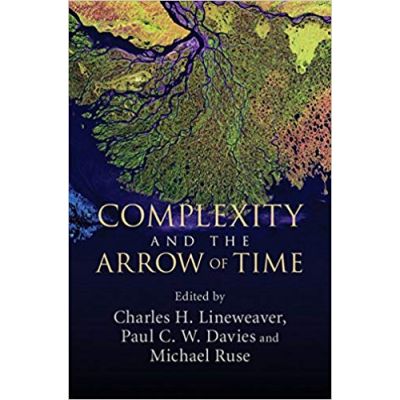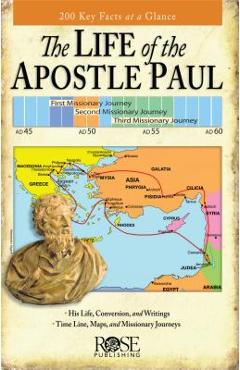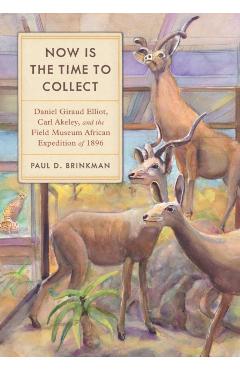Paul and Time: Life in the Temporality of Christ - L. Ann Jervis

Detalii Paul and Time: Life in
libris.ro
163.63 Lei
204.54 Lei
Religion
L. Ann Jervis
Paul and Time: Life in - Disponibil la libris.ro
Pe YEO găsești Paul and Time: Life in de la L. Ann Jervis, în categoria Religion.
Indiferent de nevoile tale, Paul and Time: Life in the Temporality of Christ - L. Ann Jervis din categoria Religion îți poate aduce un echilibru perfect între calitate și preț, cu avantaje practice și moderne.
Preț: 163.63 Lei
Caracteristicile produsului Paul and Time: Life in
- Brand: L. Ann Jervis
- Categoria: Religion
- Magazin: libris.ro
- Ultima actualizare: 25-10-2024 01:12:27
Comandă Paul and Time: Life in Online, Simplu și Rapid
Prin intermediul platformei YEO, poți comanda Paul and Time: Life in de la libris.ro rapid și în siguranță. Bucură-te de o experiență de cumpărături online optimizată și descoperă cele mai bune oferte actualizate constant.
Descriere magazin:
How did Paul understand time? Standard interpretations are that Paul modified his inherited Jewish apocalyptic sequential two-age temporality. Paul solved the conundrum of Christ\'s resurrection occurring without the resurrection of the righteous by asserting that the ages are not sequential but rather that they overlap. Believers live in already-not yet temporality. In this groundbreaking book, Ann Jervis instead proposes that Paul thought not in terms of two ages but in terms of life in this age or life in Christ. Humans apart from Christ live in this age, whereas believers live entirely in the temporality of Christ. Christ\'s temporality, like God\'s, is time in which change occurs--at least between Christ and God and creation. Their temporality is tensed, but the tenses are nonsequential. The past is in their present, as is the future. However, this is not a changeless now but a now in which change occurs (though not in the way that human chronological time perceives change). Those joined to Christ live Christ\'s temporality while also living chronological time. In clear writing, Jervis engages both philosophical and traditional biblical understandings of time. Her inquiry is motivated and informed by the long-standing recognition of the centrality of union with Christ for Paul. Jervis points out that union with Christ has significant temporal implications. Living Christ\'s time transforms believers\' suffering, sinning, and physical dying. While in the present evil age these are instruments purposed for destruction, in Christ they are transformed in service of God\'s life. Living Christ\'s time also changes the significance of the eschaton. It is less important to those in Christ than it is for creation, for those joined to the One over whom death has no dominion are already released from bondage to corruption. Scholars and students will profit from this lively contribution to Pauline studies, which offers big-picture proposals based on detailed work with Paul\'s letters. The book includes a foreword by John Barclay.

Produse asemănătoare

Time and Its Adversaries in the Seleucid Empire, Paperback/Paul J. Kosmin
![]() elefant.ro
elefant.ro
Actualizat in 28/10/2025
194.99 Lei

Complexity and the Arrow of Time - Charles H. Lineweaver, Paul C. W. Davies, Michael Ruse
![]() grupdzc.ro
grupdzc.ro
Actualizat in 28/10/2025
216.25 Lei

The Life of the Apostle Paul: Maps and Time Lines of Paul\'s Journey - Rose Publishing
![]() libris.ro
libris.ro
Actualizat in 28/10/2025
27.85 Lei

Now Is the Time to Collect: Daniel Giraud Elliot, Carl Akeley, and the Field Museum African Expedition of 1896 - Paul D. Brinkman
![]() libris.ro
libris.ro
Actualizat in 28/10/2025
274.94 Lei
Produse marca L. Ann Jervis

Paul and Time: Life in the Temporality of Christ - L. Ann Jervis
![]() libris.ro
libris.ro
Actualizat in 25/10/2024
163.63 Lei